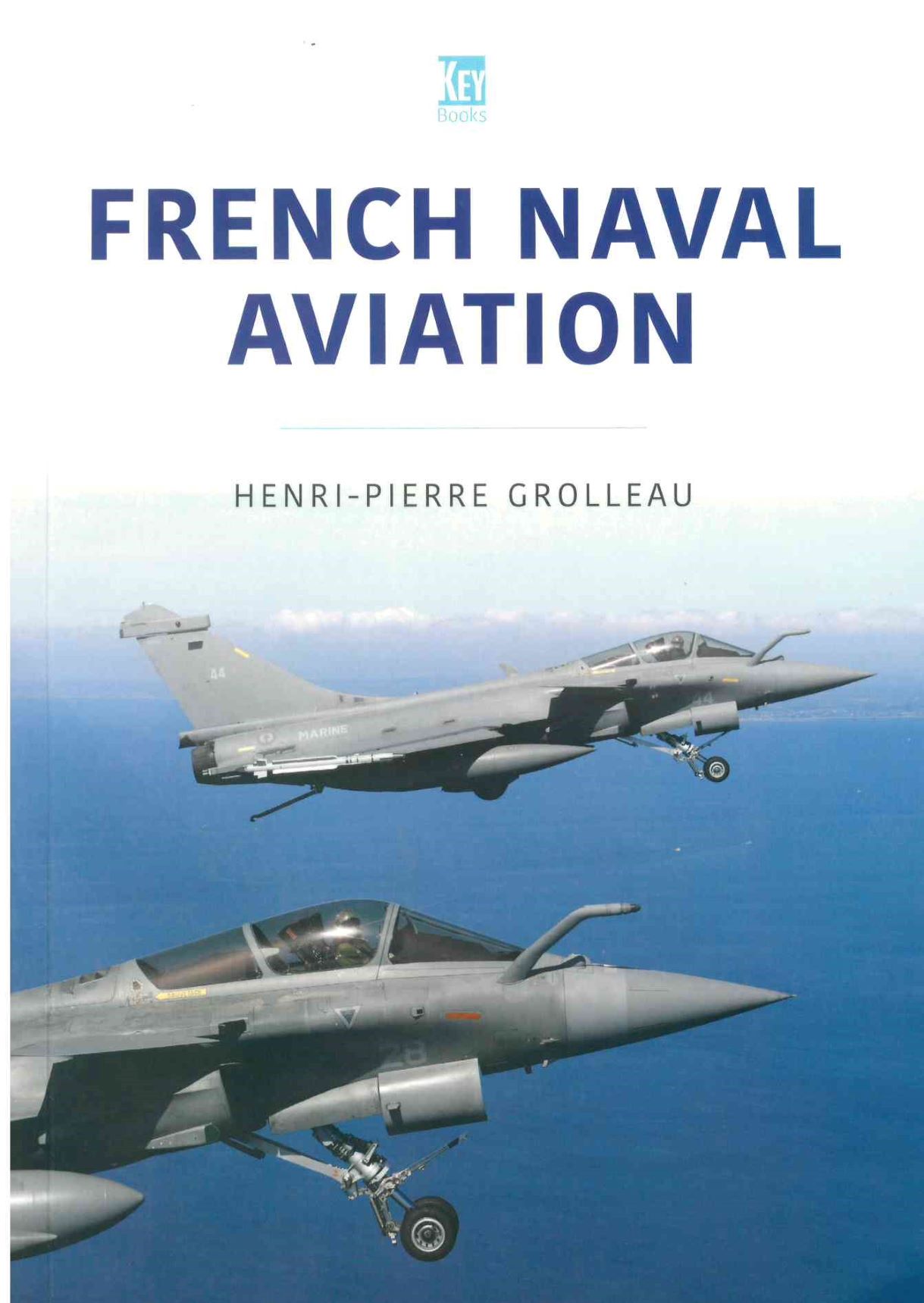French Naval Aviation
Admiral Eric Janicot, Commander of Aéronautique Navale (French Naval Aviation), summarizes and opens the first chapter of this book with,
“France has the second largest maritime domain in the world, after the US, and the country devotes a large amount of resources to ensure that its sovereignty over that domain is fully respected. As part of this policy, France is committed to operating a large naval force from naval bases in continental France and in French overseas territories. In an era of great power competition, tensions have appeared in a number of regions, including the South China Sea, The Persian Gulf, the Eastern Mediterranean Sea and the Gulf of Guinea. All these areas of tensions have one thing in common, the sea. To protect its interests, France routinely deploys surface combatants and submarines to hotspots to show the flag and reaffirm its commitment to adhere to international treaties and enforce international laws. In order to do so, the Marine Nationale (French Navy) needs to maintain a strong naval force and a strong naval aviation that can operate from ships and/or from naval air stations and forward air bases. On top of its flagship, nuclear aircraft carrier Charles de Gaulle, and her powerful carrier air group, the Marine Nationale operates a large fleet of nuclear ballistic submarines, nuclear attack submarines, surface combatants, amphibious warfare ships, mine warfare ships, ocean-going patrol vessels, and support vessels. A large proportion of its surface ships are aviation capable, requiring an ever increasing inventory of fixed-wing and rotary assets, including a growing number of unmanned aerial vehicles.”
Author Henri-Pierre Grolleau explains the evolution of the Aéronautique Navale over the past twenty years from a Cold War-era force to “a powerful, agile, flexible, battle-hardened force equipped with the latest generation of fixed-wing and helicopter types.” He goes on to explain that the F-8P Crusaders, Super Etendard, Lynx, and other “’Jurassic’ airframes, such as the popular SA 319 Alouette III, are now numbered.”
Henri-Pierre Grolleau has over 21 books and authored multiple magazines, primarily dealing with French and her neighboring countries’ militaries, primarily air forces. His background and expertise are extensive. French Naval Aviation is his latest book, and its quality, research, and photographs show his prowess with this subject.
This is a great book to learn about the airframes, missions, and development of the Aéronautique Navale. Each chapter begins with a history of the aviation force to be covered, followed with clear, crisp, and detailed photos of very appealing aircraft.
The book is composed of the introduction and following six chapters:
- Chapter 1 - A Powerful, Agile and Multirole Force
- Chapter 2 - Aircrew Selection and Training
- Chapter 3 - Carrier Aviation
- Chapter 4 - Navy Helicopters at Sea
- Chapter 5 - Maritime Patrol and Maritime Surveillance
- Chapter 6 - SAR Missions
The aircraft of the Aéronautique Navale inventory are vast, diverse, and photogenic, among them are the Rafael Marine “omnirole” fighter; E-2C Hawkeye (with its very impressive Aéronautique Navale gray insignia on its rotating radar dome); Falcon 50, Gardian and Atlantique 2 maritime surveillance/patrol aircraft; Dauphin, Panther, Alouette and NFH90 Caïman helicopters; and the CAP 10, Xingu and Falcon 10 trainers.
This book is a windfall for modelers seeking to build a modern French naval aircraft. There are great reference photos for aviation modelers and also a few ships. There is a very inspirational photo of French Special Forces fast-roping from a Caïman helicopter onto a Rigid Hull Inflatable Boat (RHIB) on page 61 for a modeler wanting an immensely awesome diorama. Another inspiration is found on page 78 with an Atlantique 2 being cleaned by an automated in-ground high-pressure water wash to combat corrosion.
The book itself is worth the price for the great photography of its subjects. It is challenging to not be impressed with the combat proven capabilities of Aéronautique Navale. The book has great photos taken recently (Covid masks are prevalent) that showcase not only the aircraft, but cockpits, aircrews, ships, armaments (including sonobuoys), and infrastructure. Henri-Pierre Grolleau is not only technical and thorough, but funny as well with his descriptions, such as “the red lighting is a Navy way of telling this is nighttime.”
Profuse thanks to Casemate Publishers and IPMS/USA for providing the review sample.











Comments
Add new comment
This site is protected by reCAPTCHA and the Google Privacy Policy and Terms of Service apply.
Similar Reviews